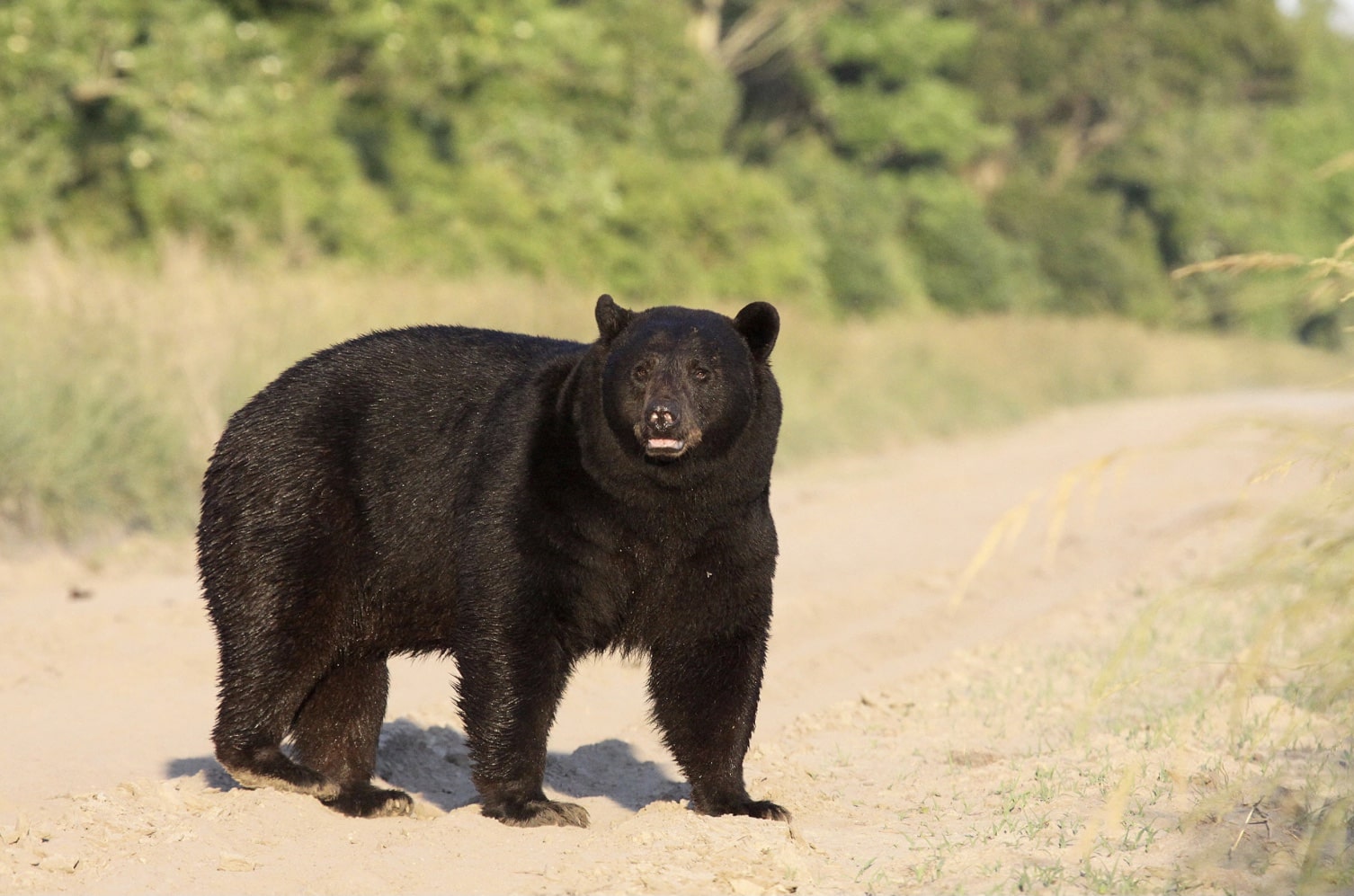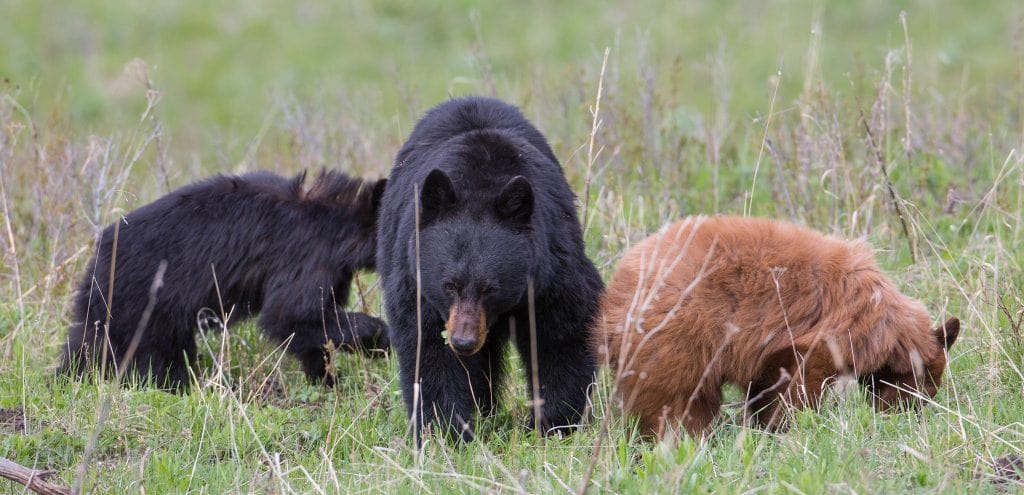
You may have noticed an increasing amount of bear sightings reported lately. There are five simple reasons for an increase in reported bear sightings.
# 1 Yearling Season
Early summer is usually a busy time for bear sightings as yearlings start moving out. Bears that were born last spring are now 18-month-old yearlings and are coming out of hibernation and leaving their den and their mothers. Male yearlings will wander away from their mothers to find a new home. Similar to human teenagers, they are very impressionable and inquisitive. They will check out anything that might be a food source, so it is essential not to have any food in your backyard that might attract them and discourage them from going into human habitat. You are not helping a young bear by feeding it; you are endangering their lives as they need to learn vital survival skills on their own.

#2 Mating Season
Adult male bears are looking for a mate. Females tend not to leave their homes, so they rely on male bears to find them instead, and bears are not monogamous. Both male and female bears may mate several times in early summer, and litters may have several fathers. So adult male bears may travel long distances through various females’ home ranges in early June.

#3 Momma Bears
Young moms who had litters this spring will leave the den to search for food to feed their hungry cubs. Momma bears are still nursing their cubs but are supplementing with solid bear foods. These moms mustn’t teach their cubs to raid backyards for food, be it garbage bins or bird feeders. Young cubs can also fit through pet doors, creating new problems for people and bears.

#4 Human Behavior
Since the pandemic, more people are living or holidaying in bear country. Many people moved from cities to rural areas for a better quality of life. In addition, national and state parks have seen a boom of holidayers in campgrounds, hiking, or other outdoor activities. So it’s not that there are more bears in human habitats, but more humans in bear habitats, which have increased bear sightings.
#5 Technology
With the emergence of doorbell cameras, dash cams, smartphones, and the like, everyone can capture bear sightings, even when they are not at home. There may have been bears in people’s backyards in the same neighborhood in the past, but before the emergence of all these technologies, many of these moments went undocumented and sometimes unnoticed. So really, it has not been an increase in past years but more evidence using technology.
BearWise would like to remind people not to approach bears or feed bears. If the bear is heading away from you, leave it alone. Call your state wildlife agency if you are worried the bear could be in danger. Ensure your backyard does not attract bears by leaving out unsecured food sources, pet food, birdseed, or anything else that might attract bears. Remember, keeping bears wild keeps people safe.
